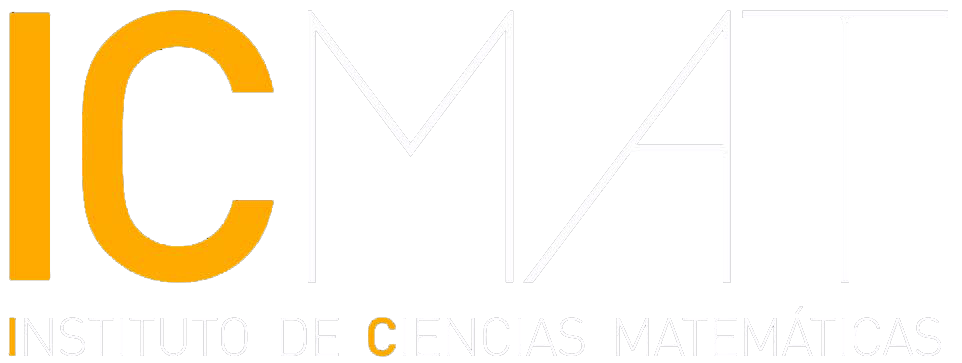Authors: Alberto Enciso (ICMAT-CSIC), Alejandro Luque and Daniel Peralta-Salas (ICMAT-CSIC)
Source: Advances in Mathematics
Date of publication: 28 October 2020
Review:
Beltrami flows are a particular class of stationary solutions of the Euler equations of hydrodynamics. Their relevance was unveiled by V.I. Arnold in 1965 through his celebrated structure theorem for inviscid fluids in equilibrium, which roughly asserts that a stationary solution of the Euler equations is either integrable or a Beltrami field.
Motivated by Hénon’s numerical simulations, Arnold suggested that there should exist Beltrami fields whose dynamics has an arbitrarily complicated topology and the same complexity as the motions in celestial mechanics. In the light of the modern theory of Hamiltonian systems, it is natural to interpret this suggestion as the existence of invariant tori of complicated topology enclosing many homoclinic connections that intersect transversally. The interest of this problem is not merely academic. Invariant tori of Beltrami fields play a key role in fluid mechanics, where they are known as vortex tubes. The study of knotted vortex tubes, which goes back to Lord Kelvin in the XIX century, is an important topic in the Lagrangian theory of turbulence and has been extensively pursued in the last decades.
In the paper under consideration, the authors show that there are Beltrami fields with invariant tori of arbitrary topology that enclose regions with any prescribed number of hyperbolic periodic orbits. According to Katok’s celebrated theorem, the existence of hyperbolic orbits is a necessary condition for having positive topological entropy (a key feature of chaos). This result goes one step further in order to establish the aforementioned Arnold’s vision of Beltrami fields. The method of proof builds on previous constructions of Enciso and Peralta-Salas (2015), and combines dynamical systems techniques –KAM theory and Melnikov analysis) with fine estimates for elliptic PDEs–.
